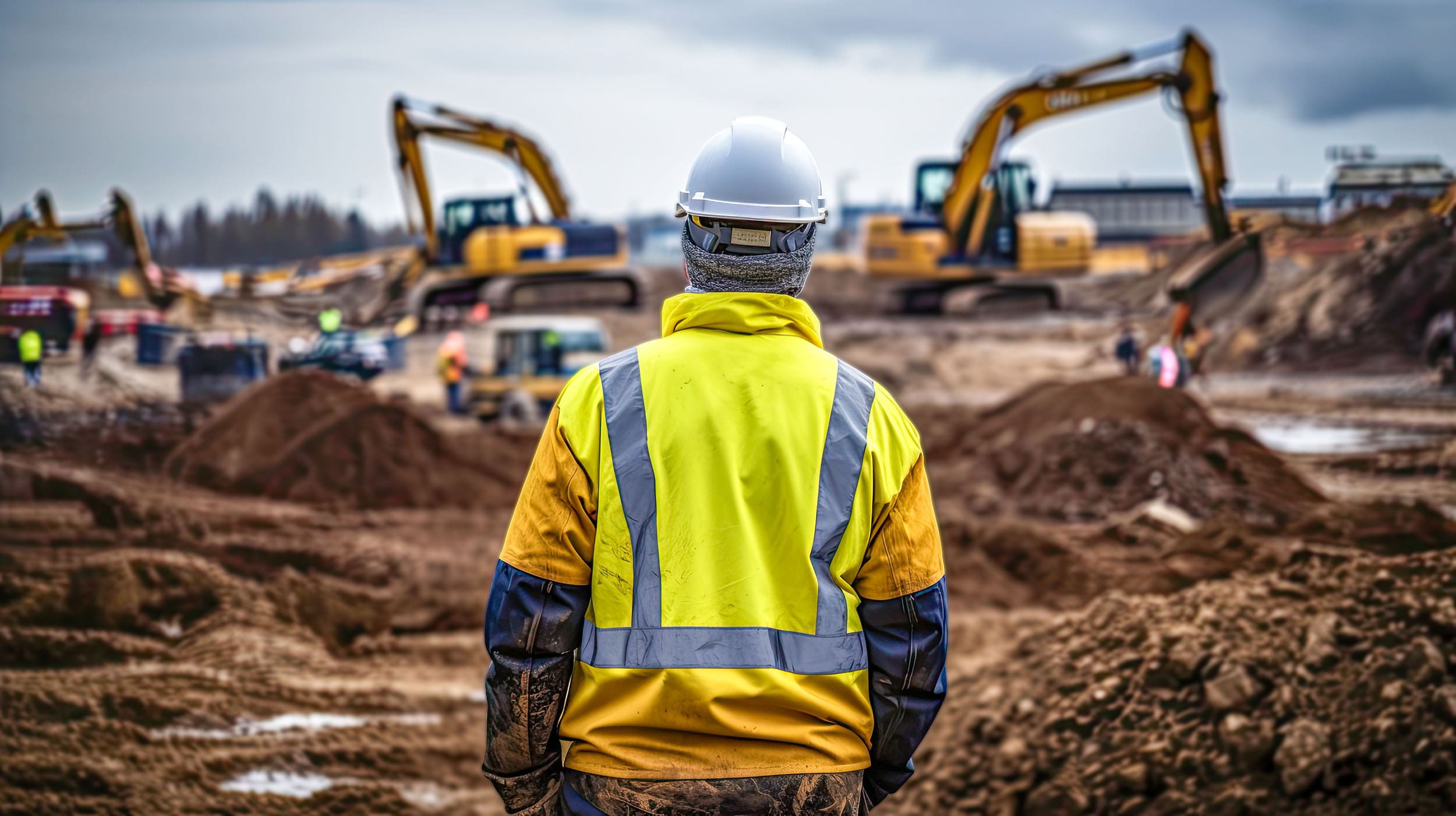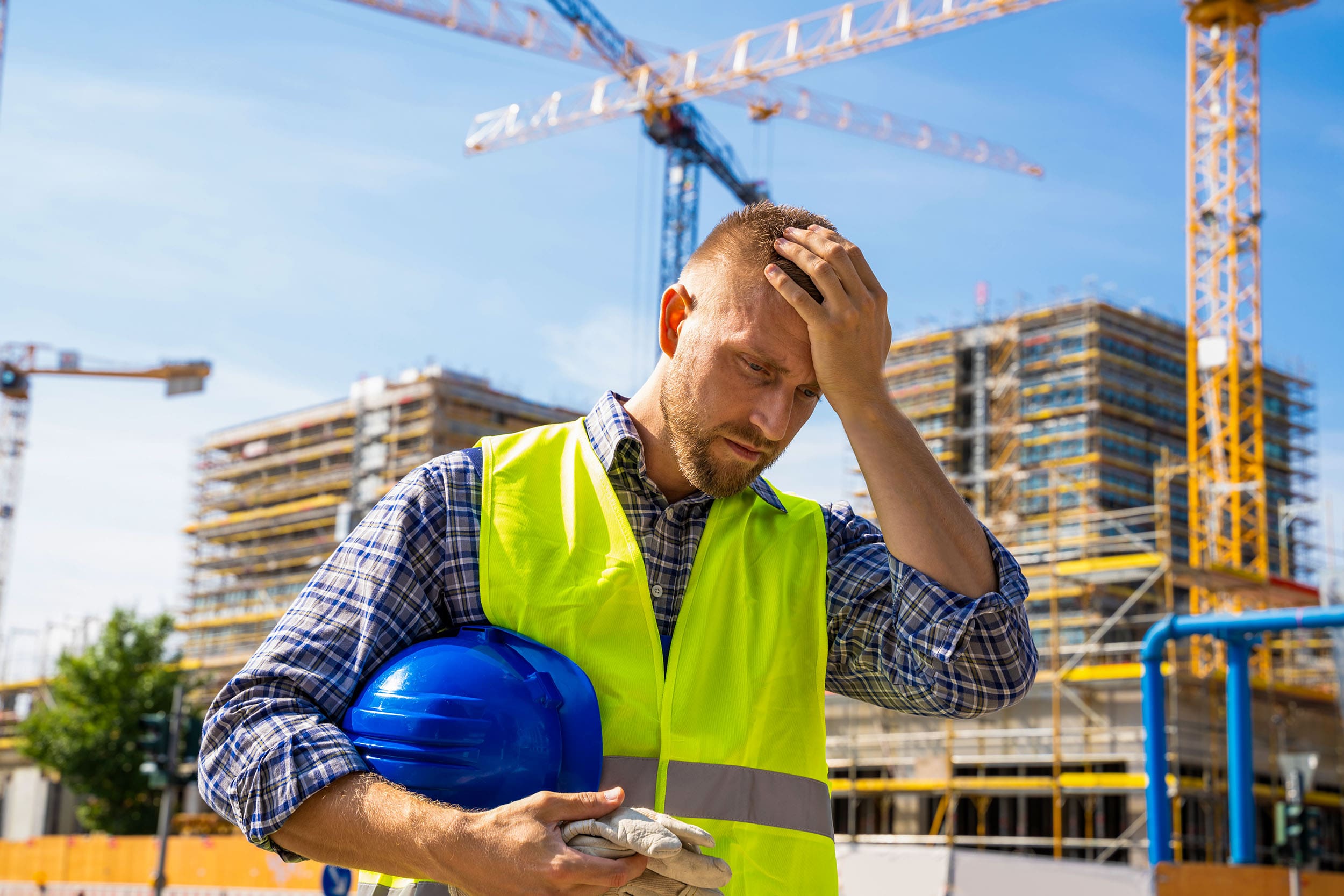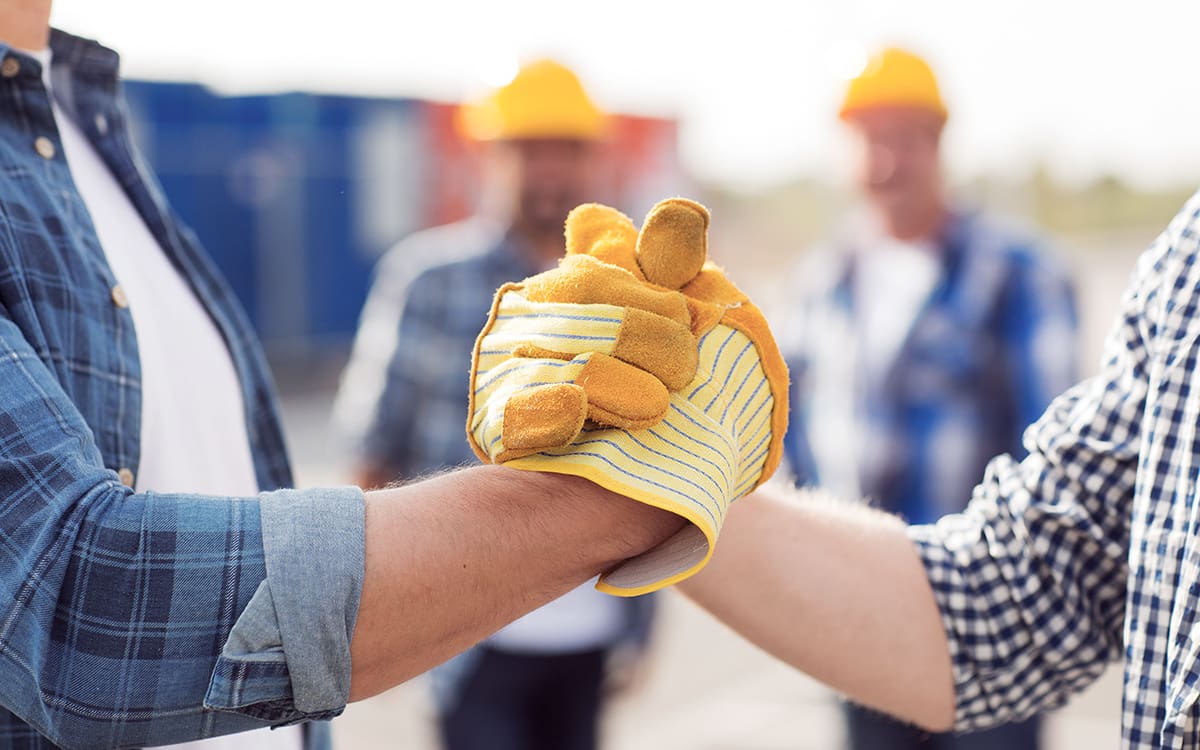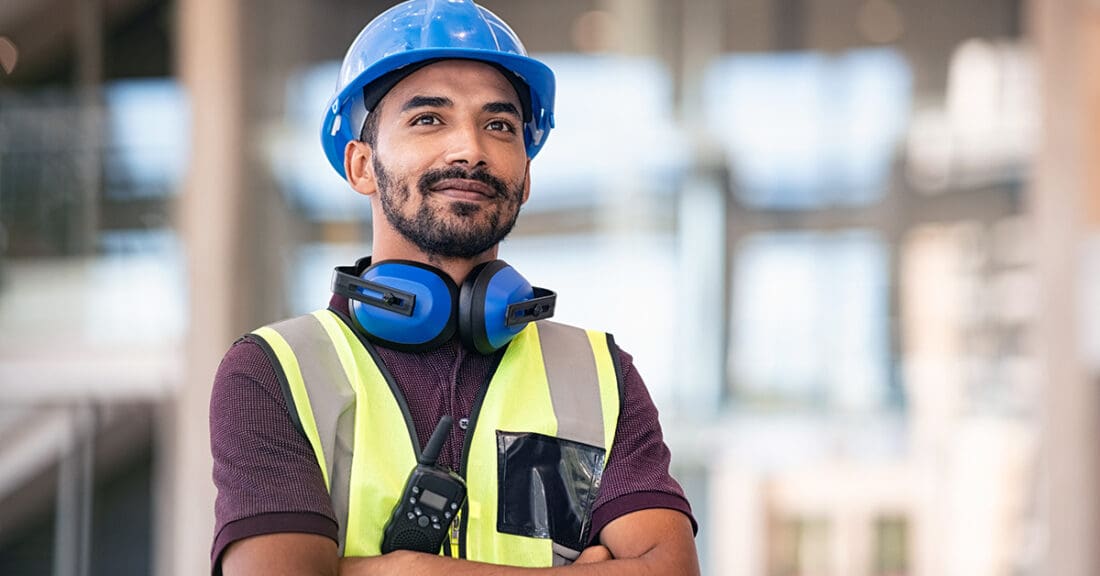Mental Health in Construction
In considering the challenges facing construction workers, mental health isn’t usually the first thing that comes to mind. There is, after all, a persistent image of the construction worker as a robust figure, sturdy and stoical. They may be prone to physical injuries but not mental health issues.
Unfortunately, this is not always the case.
A 2020 study found that almost 6 percent of the construction workers surveyed experienced depression, and 14.3 percent experienced anxiety. Not surprisingly, the Covid pandemic only made things worse. While those conditions aren’t always disabling, they can lead to catastrophic consequences if not treated seriously and adequately.

When the Worst Happens
In 2020, the Centers for Disease Control and Prevention (CDC) conducted a study of suicide rates by occupation in 32 states. The results were sobering. Construction workers committed suicide at a rate of 45.3 per 100,000—twice the rate for civilian working men in the study overall and nearly five times greater than the general population.
Among all industries, construction has the second highest suicide rate (behind mining, quarrying, and oil and gas extraction). And contrary to a common perception, construction workers are five times more likely to die from suicide than from work-related injuries.
The obvious question arises: Why are construction workers so vulnerable to mental health issues? The nature of the work offers some hints: long hours, repetitive tasks that can be physically demanding, injuries, uncertain or sporadic employment, etc.
Yet, the key may lie not in the work itself but the people who gravitate to it. More than 90 percent of construction workers are male, and males are 3.5 times more likely to commit suicide than females. And 15 percent are veterans—whose suicide rate is 50 percent greater than the general population.

Addressing Substance Abuse in Construction
The issue of substance abuse figures into any consideration of mental health, and the construction industry is not immune to its impact. A 2015 study by the Substance Abuse and Mental Health Services Administration (SAMHSA) concluded that construction has the third-highest rate of drug and alcohol abuse of any sector (behind only the hospitality and food service industries).
The study found that among full-time construction workers:
16.5 percent
Reported Drinking Heavily in the Previous Month
11.6 percent
Reported Using Elicit Drugs in the Previous Month
14.3 percent
Reported Addiction to Alcohol or Other Drugs
Several factors can help explain these figures: People who work long hours have long turned to amphetamines to maintain their energy and stay awake. Construction work can sometimes result in painful injuries, and many people use opioids to counteract pain. When the prescription painkillers are no longer effective—or the prescriptions run out–it’s not uncommon for sufferers to resort to illegal street drugs such as heroin or fentanyl. And of course, workers of every description sometimes wind down at the end of the day by visiting a local bar. Again, the demographic aspect is also significant: According to the National Institutes of Health (NIH), men are more likely than women to use illegal drugs and alcohol.

How Construction Employers Can Promote Mental Health Among Their Workers
Employers in the construction industry can’t afford to ignore the signs of substance abuse and addiction among their workers—or other warning signs of mental illness. These issues affect more than the people experiencing them. They can reduce worker productivity, affect morale, and lead to tragic workplace accidents. In the worst cases, workers may harm themselves or others.
It’s important for employers to recognize the signs of mental distress among their employees.
HERE ARE A FEW OF THE SIGNS:
-
Consistently arriving late for work
-
Being unproductive
-
Displaying extreme mood swings
-
Engaging in risky behavior
-
Self-Isolating
-
Engaging in conflict with coworkers
-
Using drugs or alcohol
Employers must be ready to act vigorously in response to these trouble signs. They can start by educating employees about mental health and the resources available to them. The Occupational Safety and Health Administration (OSHA) has a Suicide and Crisis Lifeline available to workers 24/7. By simply dialing 988, workers in distress can speak to a real person and get help.
There are many other helpful resources that workers may not be aware of. Responsible construction firms provide health insurance coverage for their employees. According to federal law, those insurers must give adequate consideration to mental health treatment: The Paul Wellstone and Pete Domenici Mental Health Parity and Addiction Equity Act, passed in 2008, requires coverage of services for mental health, behavioral health and substance-use disorders to be comparable to physical health coverage. Workers should be encouraged to take advantage of those benefits, just as they would the options for physical treatment.
Perhaps a bigger challenge for construction firms (and other employers) is to remove the stigma associated with mental illness. The macho environment that exists in many physical trades works against the interests of the workers themselves. In that environment, admitting to psychological problems is sometimes considered a sign of weakness. Workers are expected to simply “buck up” and concentrate on their jobs. The results of that misplaced attitude are clear: Ruined lives. Rampant substance abuse. Suicides.
For the construction industry and others, paying attention to the mental health of workers has never been more urgent. And the resources available to do it have never been more plentiful.


